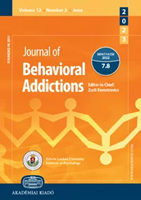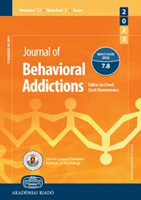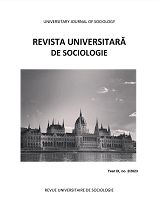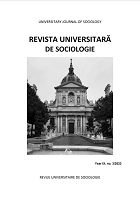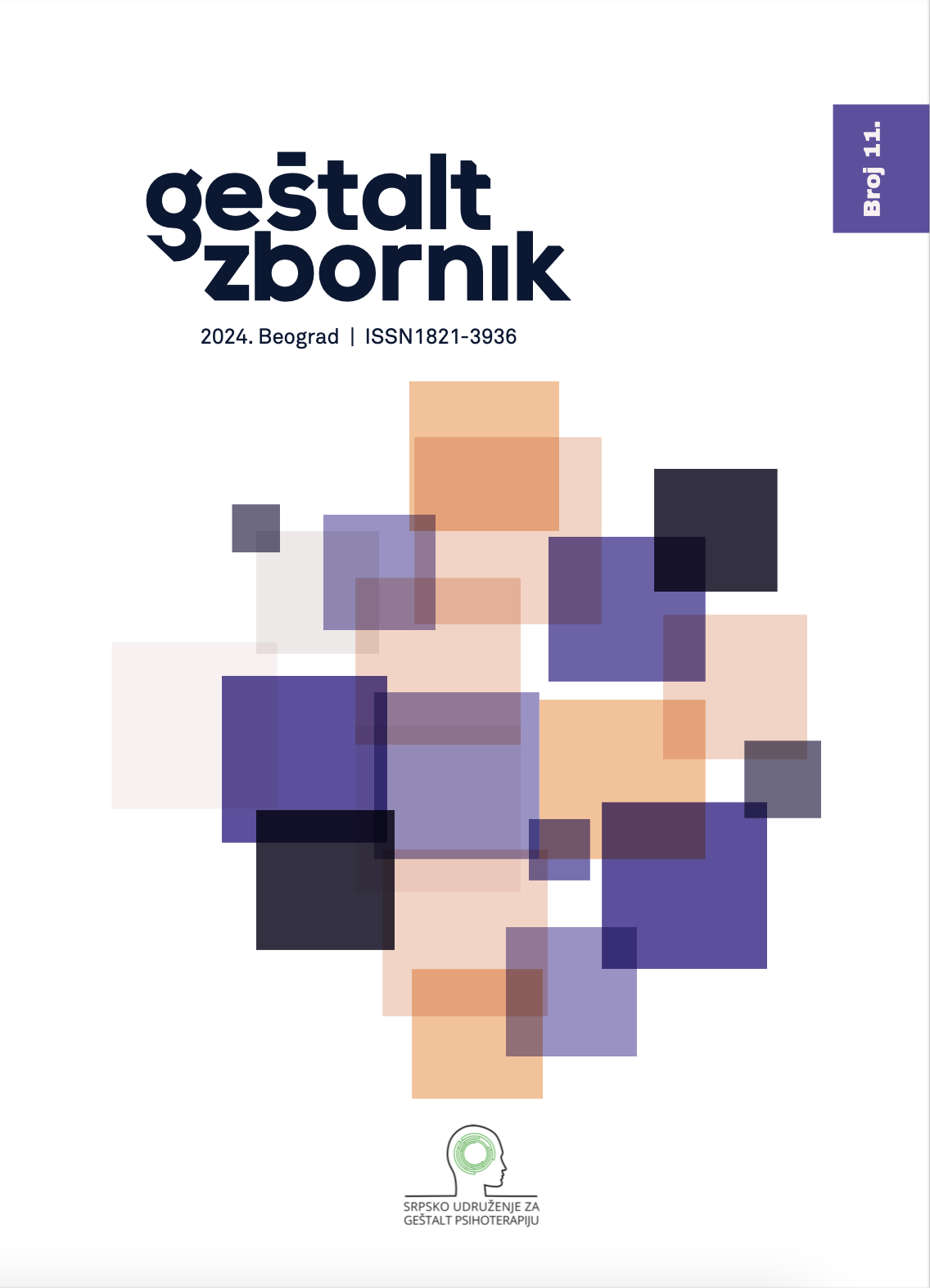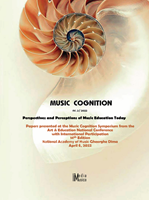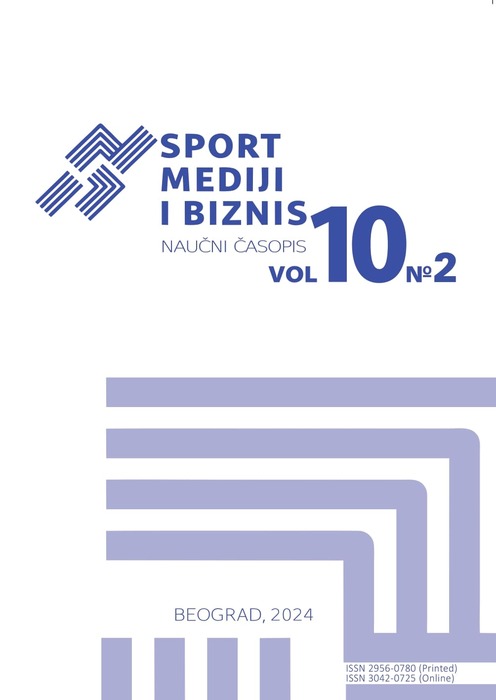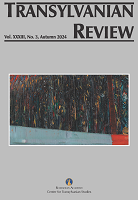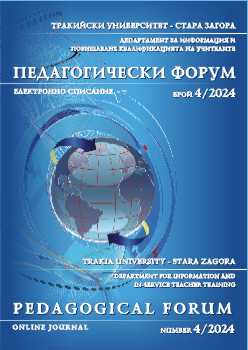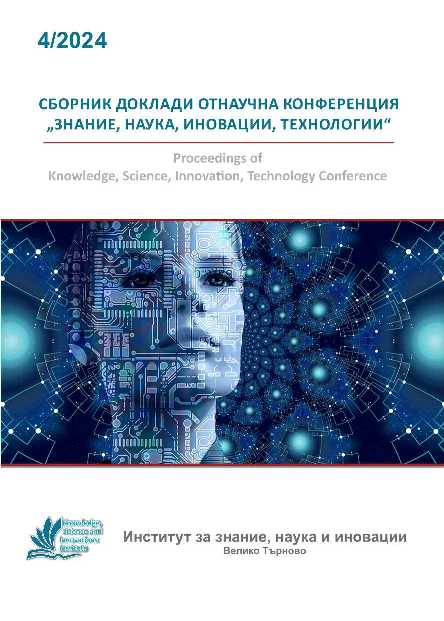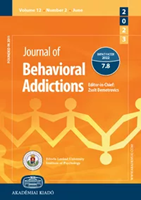
Classification of nomophobia among Chinese college students: Evidence from latent profile and ROC analysis
Background and aims: Nomophobia (NMP) is a contemporary digital ailment referring to the improper utilization of smartphones which can have significant impacts on the physical and mental health of college students. However, as a result of unclear cutoff points, the proportion of people with NMP may be exaggerated. This study therefore aimed to determine the critical value of NMP and assess the extent to which Chinese college students are impacted by NMP using the Nomophobia Questionnaire (NMP-Q). Methods: Latent profile analysis (LPA) and the receiver operating characteristic curve (ROC) were combined to determine the critical value based on NMP-Q scores using a large sample of 3,998 college students (Mage 5 20.58; SD 5 1.87). Results: Based on latent profile (i.e., at-risk NMP group), ROC revealed an optimal cut-off point of 73 (Sensitivity 5 0.965, Specificity 5 0.970, Accuracy 5 0.968, AUC 5 99.60%, Youden’s index 5 0.935), and the percentage of NMP students being 28.04%, with 1,121 participants identified as positive cases (probable cases). Positive cases were found to exhibit more severe depression and anxiety symptoms, with a higher proportion of females were observed in the positive group (N 5 829; 73.95%). Conclusions: These findings provide evidence that the proportion of NMP individuals may have been overestimated in the past. Furthermore, this study helps to validate the NMP-Q as a valid tool to identify NMP in college-aged individuals.
More...
